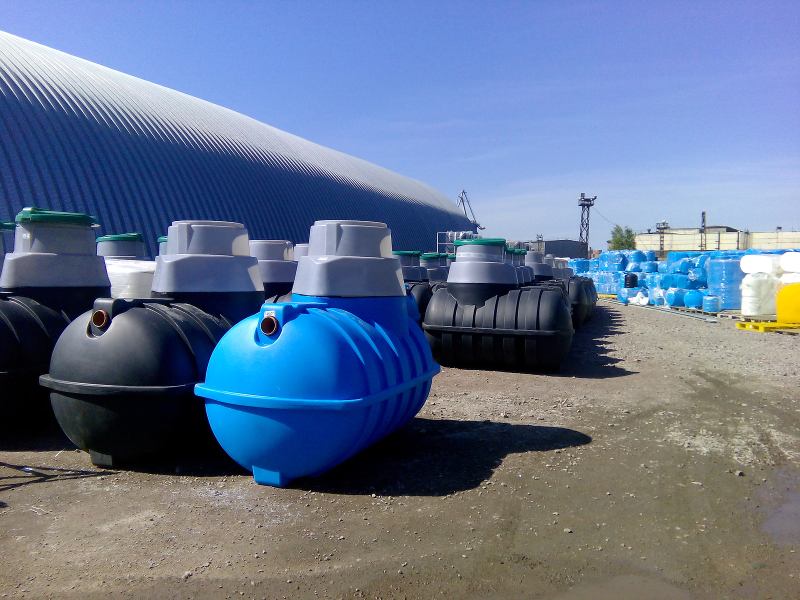
03
Septic tanks come in all shapes and dimensions, with each one having unique properties designed to accommodate your household’s needs. The five different types of septic tanks are concrete, steel, plastic, fiberglass, and aerobic. Follow this guide by Charlotte Septic Pros to have an idea of which septic tank is most suitable for your home. If you’re interested in having septic tank installation in the near future, get into contact with a septic company so that you have professional help by your side.
The size of your septic tank is crucial for the system to work properly. A septic tank that’s too small can cause sewage backup into your drains and needs frequent septic tank pumping, so you need to consider the number of people in your household and the amount of water used every day. Based on these factors, you will be able to choose the most suitable septic tank size. Have a consultant from a septic company help you determine your septic tank size.
In order to install your septic system, you must have an environment that is appropriate for it. An ideal installation site includes an area with space for drains and a drain field, along with an accessible path to the septic tank. Your water level should be low or average and be sure to get a percolation test for the soil. A percolation test helps determine the soil’s rate of water absorption. It would be difficult to design a septic tank without having a percolation test done on your soil first.
Call Charlotte Septic Pros to help choose the right septic tank for your home and proceed with the installation process. Give us a call, we’re ready when you are.
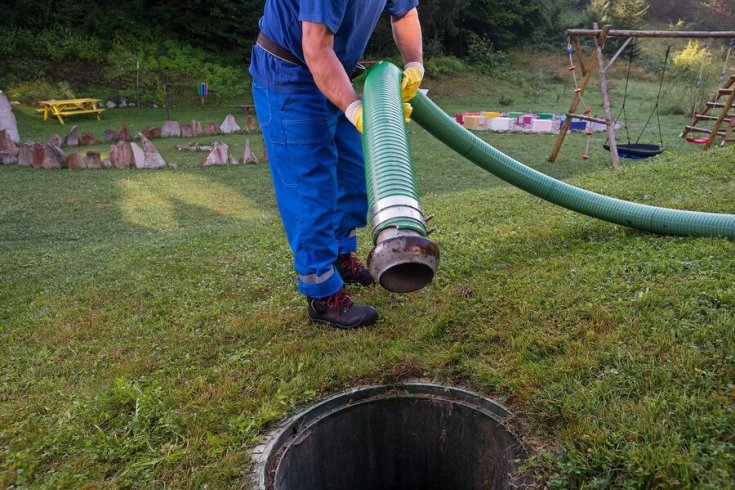
04
Early Warning Signs Your Septic Tank Needs Pumping For homeowners who rely on a septic system, routine maintenance is not…
Read more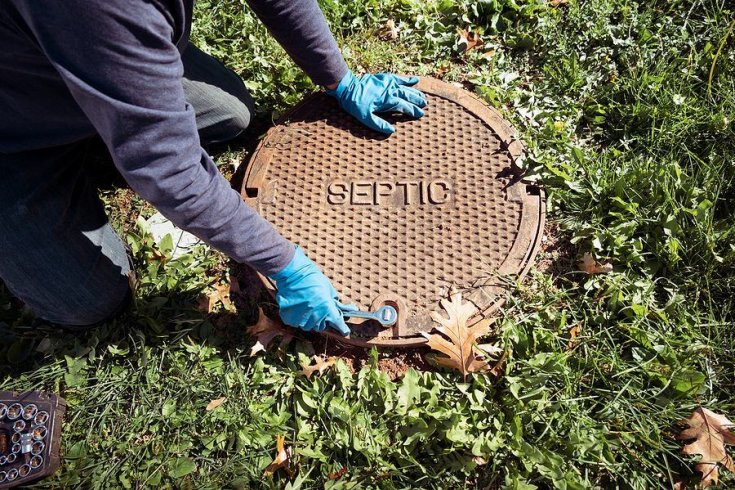
29
Why Does My Septic System Smell Fine One Day and Terrible the Next? If you own a home with a…
Read more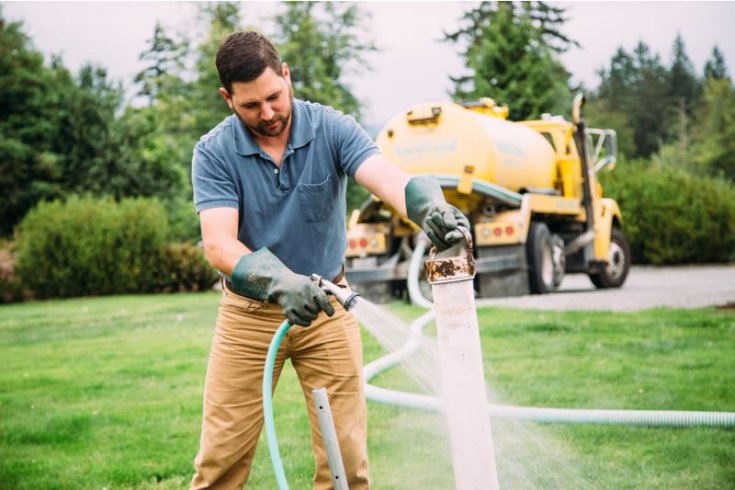
19
Is Your Septic System Overdue? Simple Home Checks You Can Do Today For many homeowners, the septic system is a…
Read more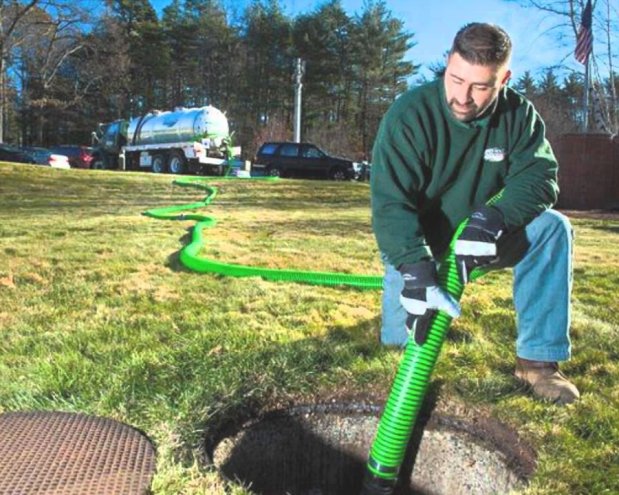
13
5 Signs Your Septic Tank Is Overdue for Pumping Your septic system works quietly behind the scenes, managing wastewater from…
Read more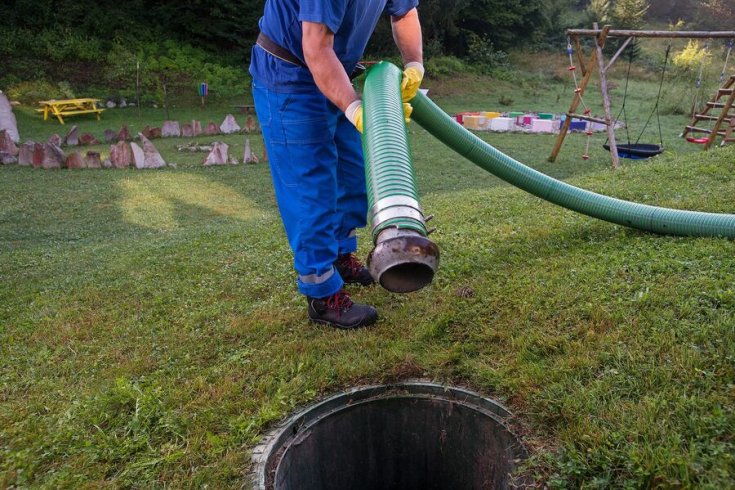
07
Do Septic Additives Really Work? Septic additives are everywhere. You’ll see them at hardware stores, advertised online, and often recommended…
Read more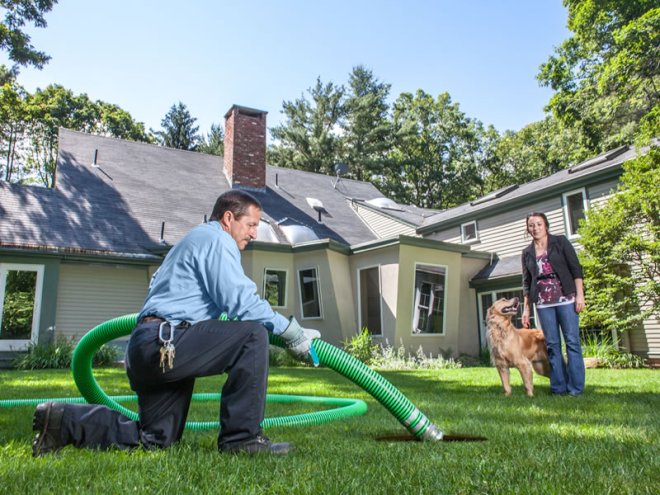
29
5 Things You’re Doing Every Day That Fill Up Your Septic Tank Faster Your septic system works quietly in the…
Read more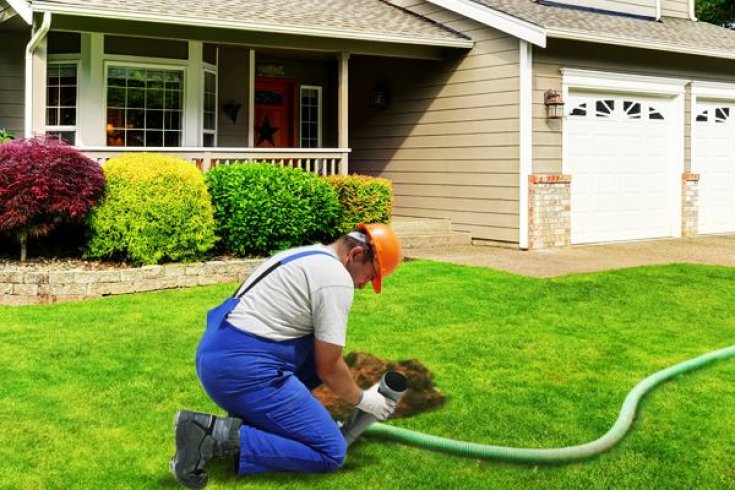
21
Is It Normal for Grass to Grow Greener Over My Septic Tank? If you’ve noticed a patch of grass in…
Read more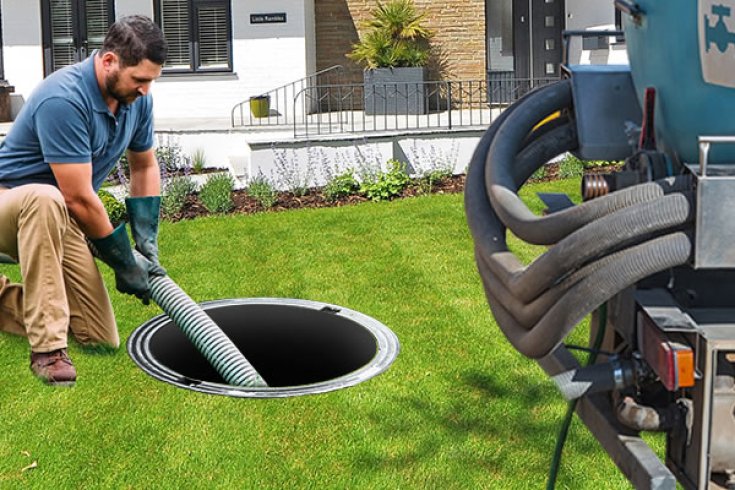
16
Why You Shouldn’t Wait Too Long to Pump Your Septic Tank A septic system works tirelessly behind the scenes to…
Read more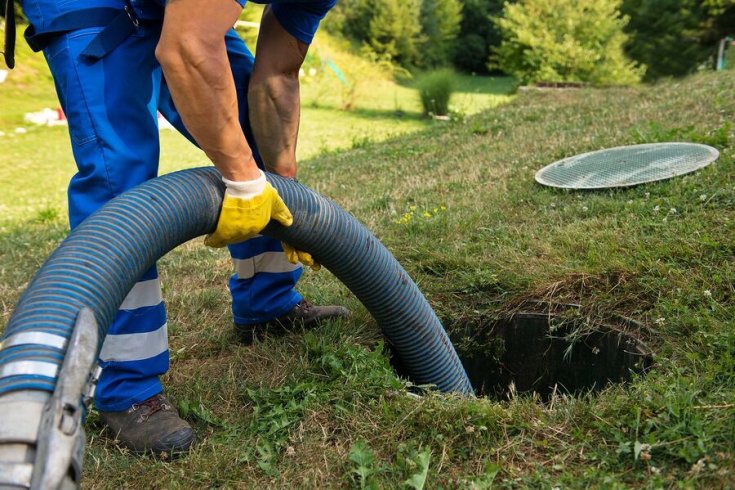
07
Septic Tank Smells? Let’s Talk About What’s Really Going on Underground A septic system is designed to manage wastewater efficiently…
Read more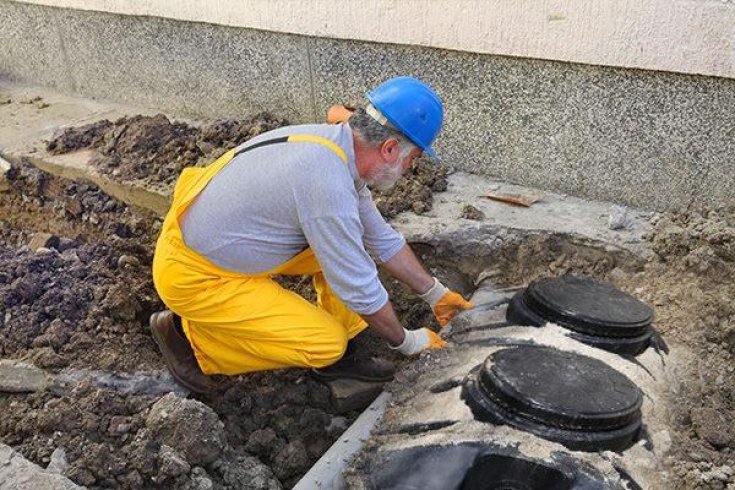
31
Why Neglecting Your Septic Tank Can Affect Your Yard, Home, and Health A well-functioning septic system is essential for managing…
Read more